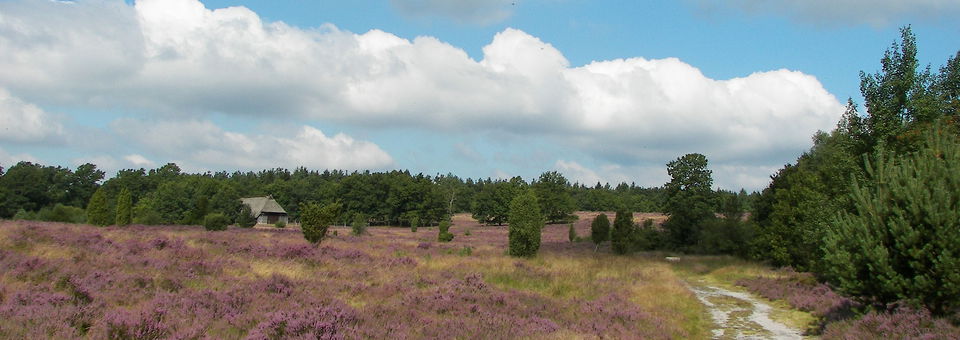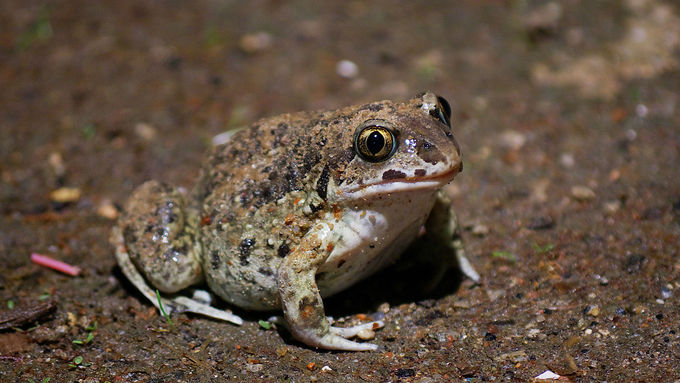Knoblauchkröte/Common spadefoot (Pelobates fuscus) © -ani-/CC BY-SA 2.0 DE
main content
Preparatory actions
A2 PREPARATORY ACTIONS
Conservation breeding of the common spadefoot
Cooperation partner:
NABU-Naturschutzstation Münsterland e.V.
The common spadefoot (Pelobates fuscus) is listed in Germany in the Red List of Threatened Species as “Endangered”, in Lower Saxony it is considered “Vulnerable” and in North Rhine-Westphalia it is even assessed as being “Critically Endangered”. Within the Atlantic region in Germany, the species was assessed in the “National Report 2013 under the Habitats Directive” as being in an unfavourable conservation status and having a negative trend compared to 2007.
The reintroduction of the Common Spadefoot is an important rescue measure and may be the last opportunity to prevent the extinction of the species in North Rhine-Westphalia, as the currently populated habitats are highly threatened by intensive agriculture. Furthermore, the lack of genetic exchange between populations leads to genetic depletion.
For the proposed reintroduction of the common spadefoot at suitable locations in North Rhine-Westphalia a conservation breeding programme had already been established. Annually, the breeding of approximately 7,500 individuals is expected. The precise number of individuals depends on the number of female individuals ready to spawn as well as on the weather conditions. The objective of the conservation breeding programme is to establish new populations with a balanced age structure. For this, the existing breeding station in Enniger in the district of Warendorf which had been built up in the framework of the LIFE+ Project “Species conservation project Common Spadefoot (Pelobates fuscus) in parts of the Münsterland (North Rhine-Westphalia)” (LIFE11 NAT/DE/000348, project duration 2012-2016) will be continued and expanded. Animals ready to spawn will be collected at appropriate locations in the wild and carefully transferred to the breeding station. The spawn and the tadpoles will be raised ensuring the absence of predators and competition for food and then be transferred in different developmental stages (tadpoles shortly before metamorphosis or recently metamorphosed juvenile toads) to their new habitats.
In the first phase of the LIFE IP the release of common spadefoots is planned at five carefully selected locations within the original range in North Rhine-Westphalia. The target areas include locations with extinct populations, new habitats considered to be appropriate for the species as well as locations with very low numbers of individuals. The target locations have been optimized for the specific needs of the species prior to translocations. Afterwards, the areas will be maintained and monitored by the Biological Stations entrusted with the overall management of the respective area. All actions will be implemented in accordance to the relevant IUCN guidelines.
Related Topics
additional information
Further Links
- LIFE+ Projekt „Schutz der Knoblauchkröte“ (LIFE11 NAT/DE/348) (external link opens in a new window)
- Conservation breeding of the common spadefoot – Keeping and captive breeding of spawn and tadpoles (Abstract) (external link opens in a new window)
- NABU-Naturschutzstation Münsterland e. V. (external link opens in a new window)




